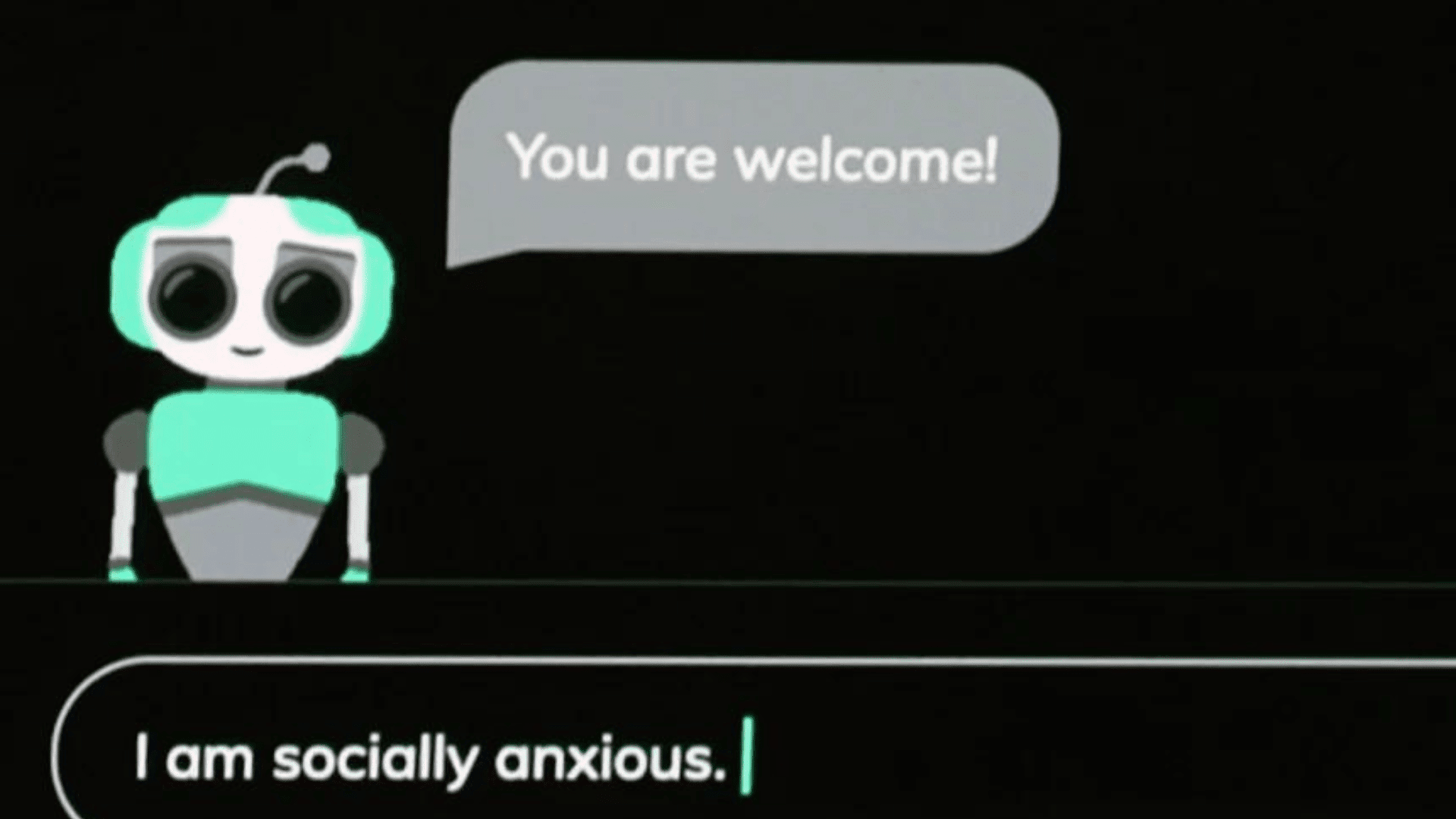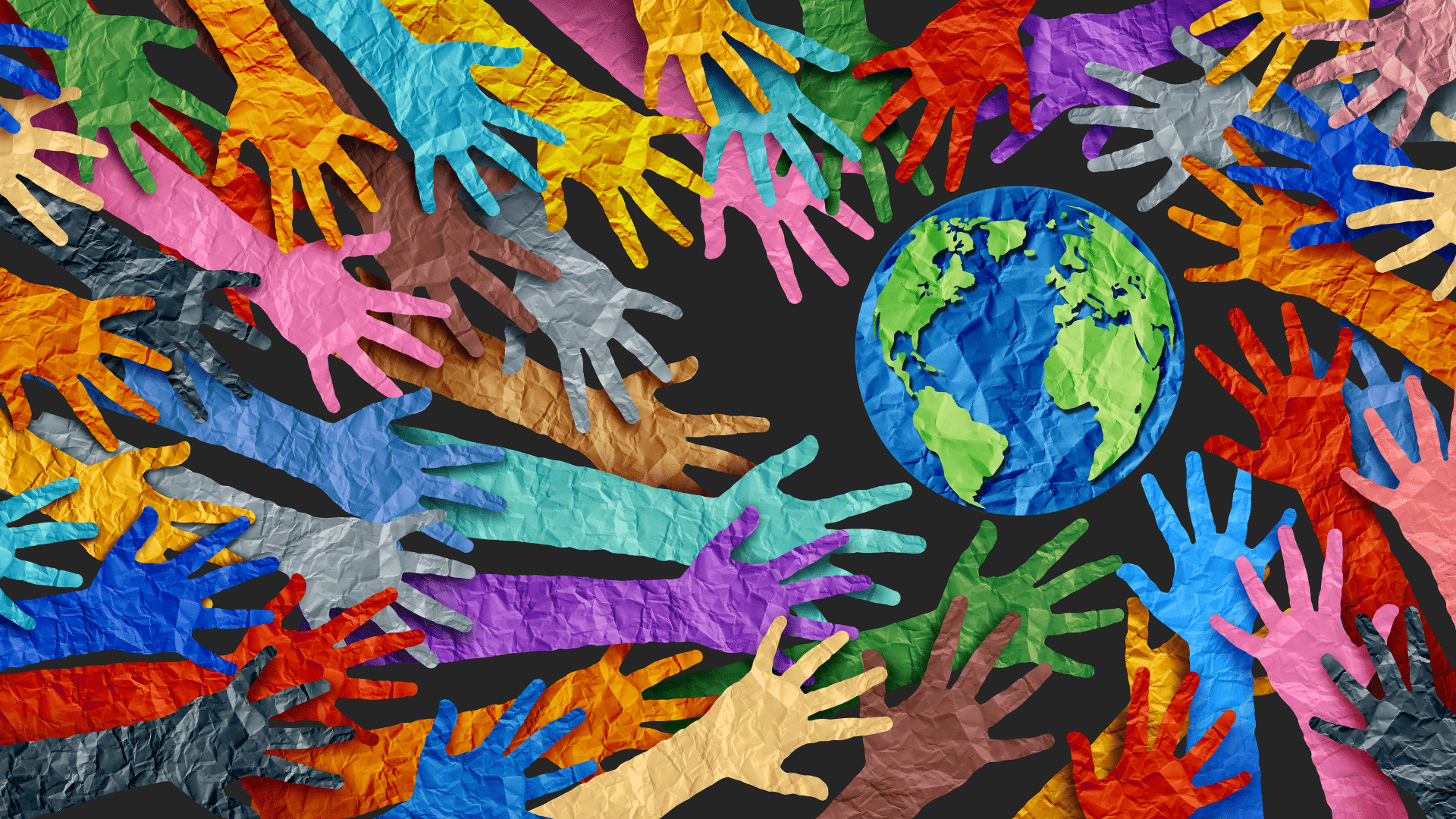The continued development and implementation of sustainable practices are paramount to the long-term health of our planet. Those of us who hope for a more eco-friendly future often picture it in abstract terms. Perhaps we think of a highway teeming with electric cars or solar plates on the roof of every home on the block. Maybe we’ll picture a world where every water bottle is now made from plant-based plastics and everyone is able to bike as cities have become more bike-accessible. We may even think of the stereotypical The Jetsons future with flying cars and shiny metallic buildings, but that future also includes restored rainforests and polar ice caps when we picture it.
But between now and that bright and shining future, there will be steps along the way. Luckily, certain utilities and technologies are being developed and added to already existing practices in order to drastically increase their sustainability.

Sustainable Batteries
A lot of green technologies, such as wind and solar energy, have certain factors holding them back including how the environment impacts energy levels. Renewable battery technology is similarly being held back in the sense that it has previously been seen as too expensive. That may change thanks to the work of MIT researchers and Form Energy who have created the ‘air-breathing’ aqueous sulfur flow battery. These rechargeable batteries not only hold their charge longer than previous models but cost only $1-$10 per kilowatt-hour as opposed to the current lithium model which costs $200 per kilowatt-hour. This new utility may allow a more reliable and cost-effective transition to renewable energy by many.
Lubricants
Utilizing quality lubricants for machines will allow them to run longer with more energy efficiency, thereby making them more sustainable. And some companies such as Hydrotex have even developed lubricants that work well with sustainable energy sources such as wind turbines. One of the most common operating failures for wind turbines is gearbox bearing failures, which are a direct result of poor lubrication. With a combination of innovative lubricants and routine maintenance, Hydrotex keeps machines and appliances running at their most sustainable capacity.

Smart-Home Technology
Smart technology for the home is another way that utilities can run in a more energy-efficient manner. One example would be a smart thermostat which controls the temperature settings based on your schedule and habits, thereby limiting the amount of electricity being used in the household. Another handy utility feature is smart lights for the home, which will use sensors to monitor room occupancy and turn lights on and off as needed.
Sensors
Sensors are a piece of technology that has various environmental applications. They can be used to reduce our carbon footprint in certain areas, as cited above, but they can also be used to monitor environmental conditions on a more global scale. Tiny networked sensors around the globe are used to measure several conditions including air quality, water quality, monitoring acidification, identifying pollutants, and capturing data that could directly affect these phenomena. The more of these sensors that are placed strategically around the globe, the more we’ll be able to keep track of our environmental impact and adjust when needed.

Low-Flow Water Fixtures
More and more we’re seeing utilities being designed to be more environmentally friendly, this includes water fixtures. Companies are making strides in this area, including the development of more eco-friendly washing machines. Smart technology allows these washing machines to sense exactly how much water is needed to soak the clothes, rather than simply filling the tub like a normal washer. Energy Star has stated that the average family could save up to 2,000 gallons of water per year by switching to this method of washing their clothes.
Smart Grids
Our current power grids are a bit outdated, highly sensitive to usage/output, and tend to rely on pollution-based energy sources. The current development of smart grids requires sensing technology, automation, and networking across various platforms. Add it all up and you get a system that can enable local production of energy with sensing technology that will allow them to avoid overproduction. It may even progress to the point where the grid itself will be able to signal smart appliances to shut down in order to conserve power.




